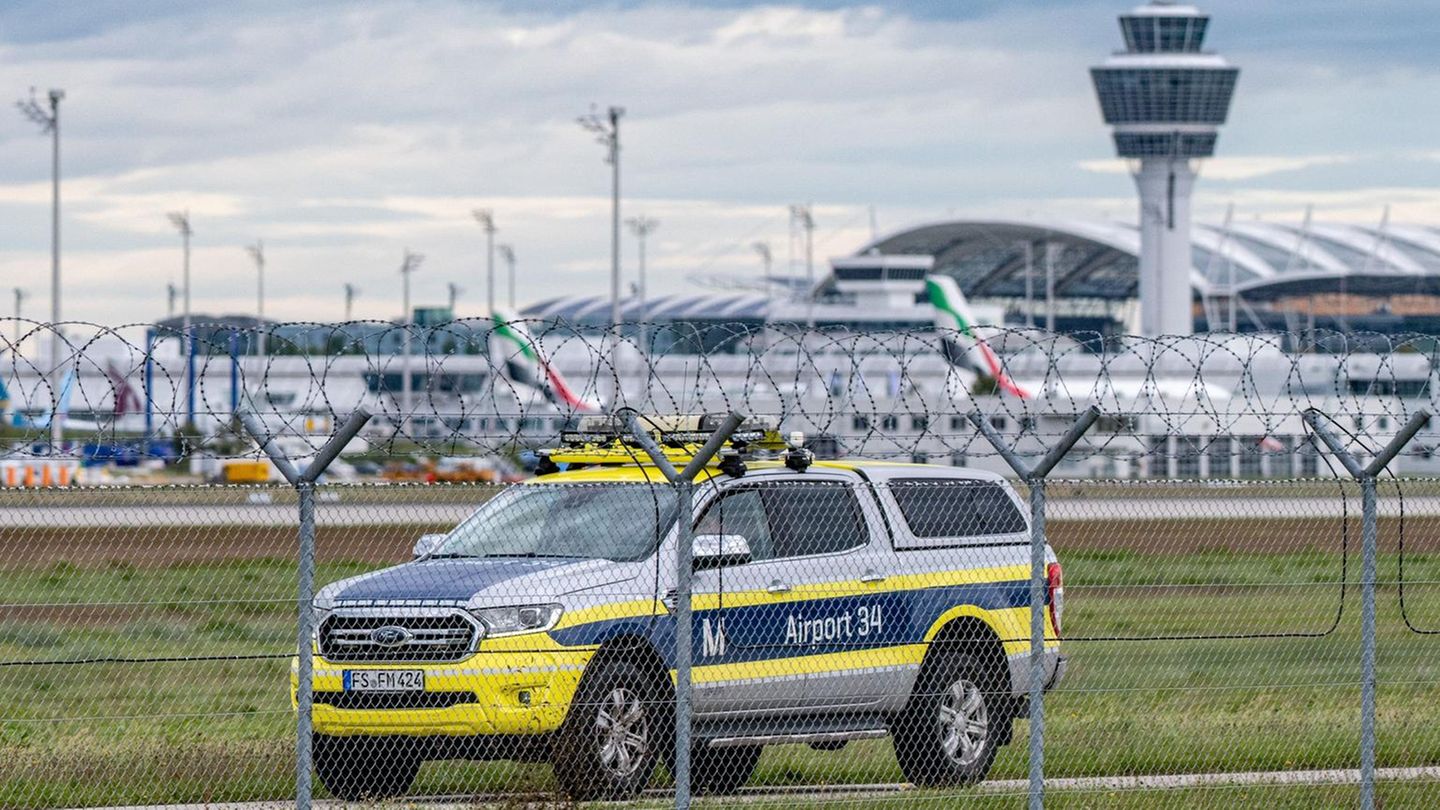Nominal titles in dollars improved by 0.9% on average, where the benchmark Bonar 2030 gained 1.1%.
Argentina’s high inflation, which in April reached 58% year-on-year, and the fights within the governing coalition cast doubt on the economic future, despite a recent agreement with the International Monetary Fund (IMF) for some 44,000 million dollars that demands increase the reserves of the Central Bank (BCRA), reduce inflation and reduce the fiscal deficit, among other points.
An IMF spokesman said on Thursday that “good progress” was being made in the first review of the deal and the targets remain unchanged.
“Both in the advances and in the setbacks, the local debt puts on the table its ‘beta greater than 1’ (aggressive assets), in relation to the universe of emerging debt”, they said from Cohen.
“The GD35 (Global in 2035 dollars) continues to be the best today to be positioned for a possible strong recovery, due to its good liquidity, its parity of 28% and its competitive coupon structure”, they affirmed.
All in all , Argentina ‘s country risk measured by the JP Morgan bank fell 18 basic points, to 1,926 units, compared to a record level of 1,991 units recorded at the beginning of March.
S&P Merval and ADRs
For its part, the stock market could not sustain a bullish start and coupled to the downside on Wall Street amid lingering fears about global growth and stagflation.
The Leading S&P Merval index fell 0.4% to 88,280.10 pointsdue to intrahour profit taking, after a bullish opening and losing 2.4% in the previous session.
On Wall Street, meanwhile, Argentine stocks were disparate, at the end of another very volatile week for global financial markets. With a decline of 3.3%, BBVA bank led the casualties, followed by Free Market (-3.2%); and by Cresud (-1.7%). Instead, the rises were led by Vista Energy (+3.2%); IRSA Commercial Properties (+1.3%), and Despegar (+1.2%).
“Sharp declines could follow vigorous recoveries, however, we believe the underlying trend is down and we are in a bear market,” StoneX analysts noted.
“Foreign operators are focused in this stage of uncertainty on reducing the risk of their portfolios, and emerging assets also come in there,” commented an economist.
Source: Ambito
David William is a talented author who has made a name for himself in the world of writing. He is a professional author who writes on a wide range of topics, from general interest to opinion news. David is currently working as a writer at 24 hours worlds where he brings his unique perspective and in-depth research to his articles, making them both informative and engaging.




